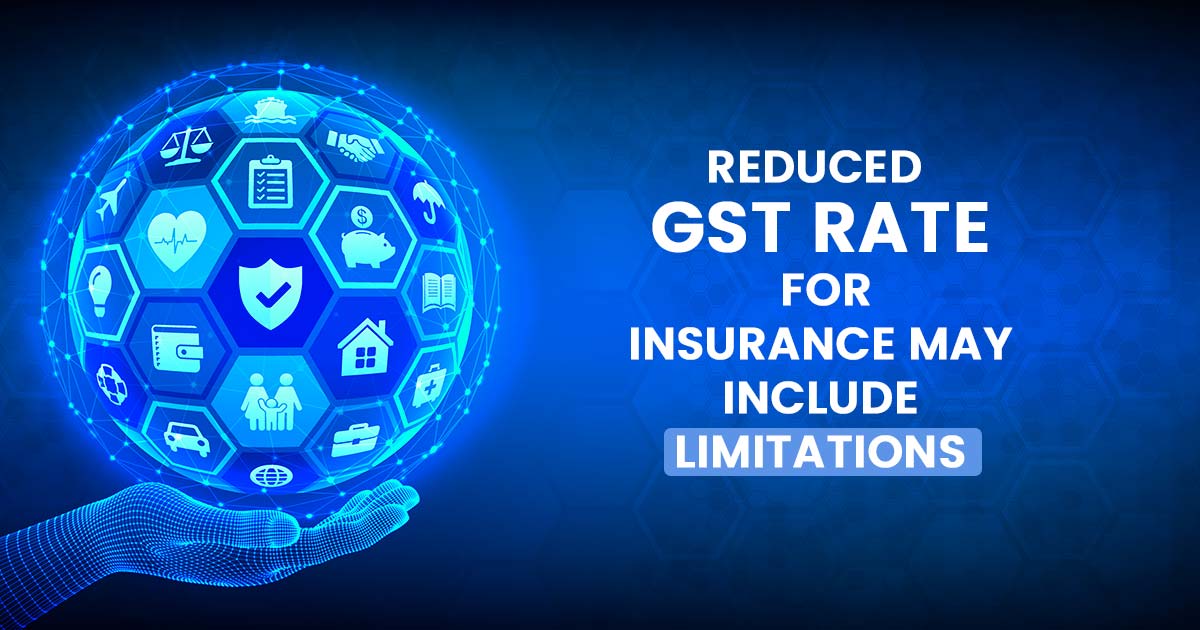
The council that suggests the GST rates may suggest a lower levy on health and life insurance policies with annual premiums up to Rs 50,000 to lessen the cost for lower and middle-income groups.
The fitment committee might suggest placing a cap on the maximum amount assured to lower the GST levy or a combination of premium and sum assured.
According to sources familiar with the discussions, the committee is not in favour of a complete GST exemption on life and health insurance premiums. It is expected to present a detailed report on the potential revenue impact under various tax rate scenarios for insurance products to the GST Council, which is set to convene on September 9.
The current GST rate on insurance premiums is 18%, which has been criticized by opposition parties as being too high. The insurance industry is pushing for insurance products to be exempt from GST or taxed at the lowest 5% rate. While there is a need to reduce GST on insurance premiums, the committee suggests that there should be a cap on insurance premiums or on the maximum sum assured, or both, up to a maximum of Rs 50,000. This measure is aimed at increasing insurance penetration in the low and middle-income groups.
In situations where the premium rates are already very high, there is no need for a reduction in rates. The fitment panel has not yet recommended a specific rate, and this issue will be further discussed by the council. The committee consists of central and state GST officials, and they provide rate suggestions to the council.
The issue recently gained prestige after senior minister Nitin Gadkari wrote to finance minister Nirmala Sitharaman, asking her to waive off health insurance premiums from GST. West Bengal Chief Minister Mamata Banerjee and Congress leader Rahul Gandhi have also criticized the levy.
The rates are determined by the GST Council, which is a joint body consisting of representatives from the states and the Centre.
In addition to discussing the tax implications of transactions between head offices and branch offices, particularly in the context of foreign airlines facing a tax demand of Rs 10,000 crore, the council may also review two reports prepared by groups of ministers on real estate and fertilizer.
Numerous issues like GST applicability on the remittances incurred via the Indian HQs to their overseas branches and remittances obtained via the Indian offices of foreign companies etc., may be clarified in the upcoming 54th GST Council meeting.
Apart from the discussions on the rationalization of GST will seems to kick off at the 54th Council meeting, no progress is anticipated however towards taking stock of progress till now.
Anticipation was there on the rate rationalization practices in the GST directing to fewer rates, the practice is a complex chore that comprises revising the rate slabs for certain products, which is required to be achieved in a revenue-neutral way.